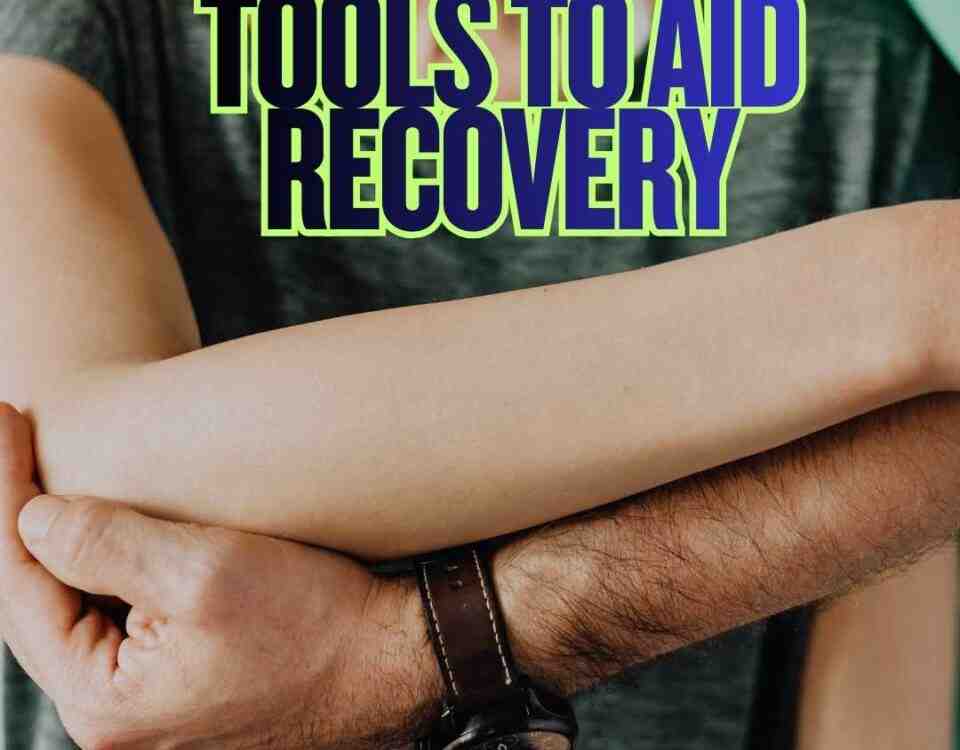What is The Optimal Vehicle Headrest Positioning?

Post Traumatic Stress in Kids following Motor Vehicle Accidents
February 16, 2024
What is Traumatic Brain Injury?
February 19, 2024
Vehicle Headrest Positioning
In the area of motor vehicle accidents, what you do when you get into your vehicle counts. Dr. Aaron Workman of Chambers Medical Group, one of the highest rated auto injury care medical facilities in Kentucky, speaks frankly about the importance of vehicle headrest positioning.
We talk about airbags, seat belts, and crumple zones but one portion of that safety is right behind the head. Take a moment and go look at seating in your vehicle while taking note of where your headrests are positioned. Proper positioning of the headrest can significantly reduce the risk of injury, particularly in rear-end collisions. According to the National Highway Traffic Safety Administration, rear-end collisions account for approximately 30% of the estimated 6 million police-reported motor vehicle crashes annually in the United States alone.
In the event of a rear-end collision, the sudden impact can jolt the person’s body forward while the head remains stationary for a moment. This movement can lead to a myriad of problems associated with whiplash. This can be noted to include neck pain, stiffness, radiating pain, weakness, and other symptoms. The job of the headrest is to minimize this difference in movement and provide support to the head and neck, thereby reducing the risk of whiplash injuries.
Where Does My Headrest Go?
The effectiveness of a headrest depends on its positioning relative to each individual’s head. Ideally, the headrest should be adjusted so that the center of the occupant’s head aligns with the center of the headrest. Additionally, the top of the headrest should be level with the top of the occupant’s head or slightly above. The distance from the back of the head to the headrest should be less than 4 inches. This ensures that the headrest can protect the head and prevent the head moving backwards during a collision.
Why Should I Change Positioning?
When positioned correctly, the headrest serves as a barrier that absorbs and distributes the forces on the head, neck, and upper back during a rear-end collision. By providing support to the head, the headrest helps maintain the natural curvature of the cervical spine and reduces the risk of hyperextension injuries and a multitude of soft tissue injuries.
When Should I Change Positioning?
If you are the only person driving your vehicle, this is the easy part. You can fit it and forget it for your seat. Ideally every occupant of your vehicle may change where each individual headrest may be. Individual height and seating posture can influence the optimal position of the headrest. Therefore, if you find yourself in different seats while in a vehicle, you should always check your headrest positioning.
What are My Rewards?
While the headrest may seem like a minor feature compared to other safety technologies, its importance cannot be lost. The Insurance Institute for Highway Safety notes the risk of a neck or head injury from a rear end collision can be decreased by 11%.
As we can see, proper positioning of your headrest should be an important part of everyone’s safety each time they step into a vehicle. It only takes a moment to change. At Chambers Medical Group we treat those that have suffered the damage caused by motor vehicle accidents so we understand how important positioning can be in the split second an accident occurs. Do yourself a favor and check your vehicles today!
— This article is written by Aaron Workman, DC, one of the members of Chambers Medical Group’s team of car accident chiropractors who offer a variety of treatments and therapies ranging from diagnostic testing to various soft tissue therapies for car accidents and injuries in Kentucky.
–
Have you been in a car accident? If you or somebody you know has been in a car accident, be sure that you seek medical attention from a car accident doctor or car accident chiropractor to treat your injuries. Visit Chambers Medical Group to receive world-class medical treatment for your injuries.
Chambers Medical Group has car accident medical clinics in the following locations:
- Car Accident Medical Clinic in Tampa
- Car Accident Medical Clinic in Plant City
- Car Accident Medical Clinic in Brandon
- Car Accident Medical Clinic in Lakeland
- Car Accident Medical Clinic in Sarasota
- Car Accident Medical Clinic in Louisville
- Car Accident Medical Clinic in Lexington
- Car Accident Medical Clinic in Florence




